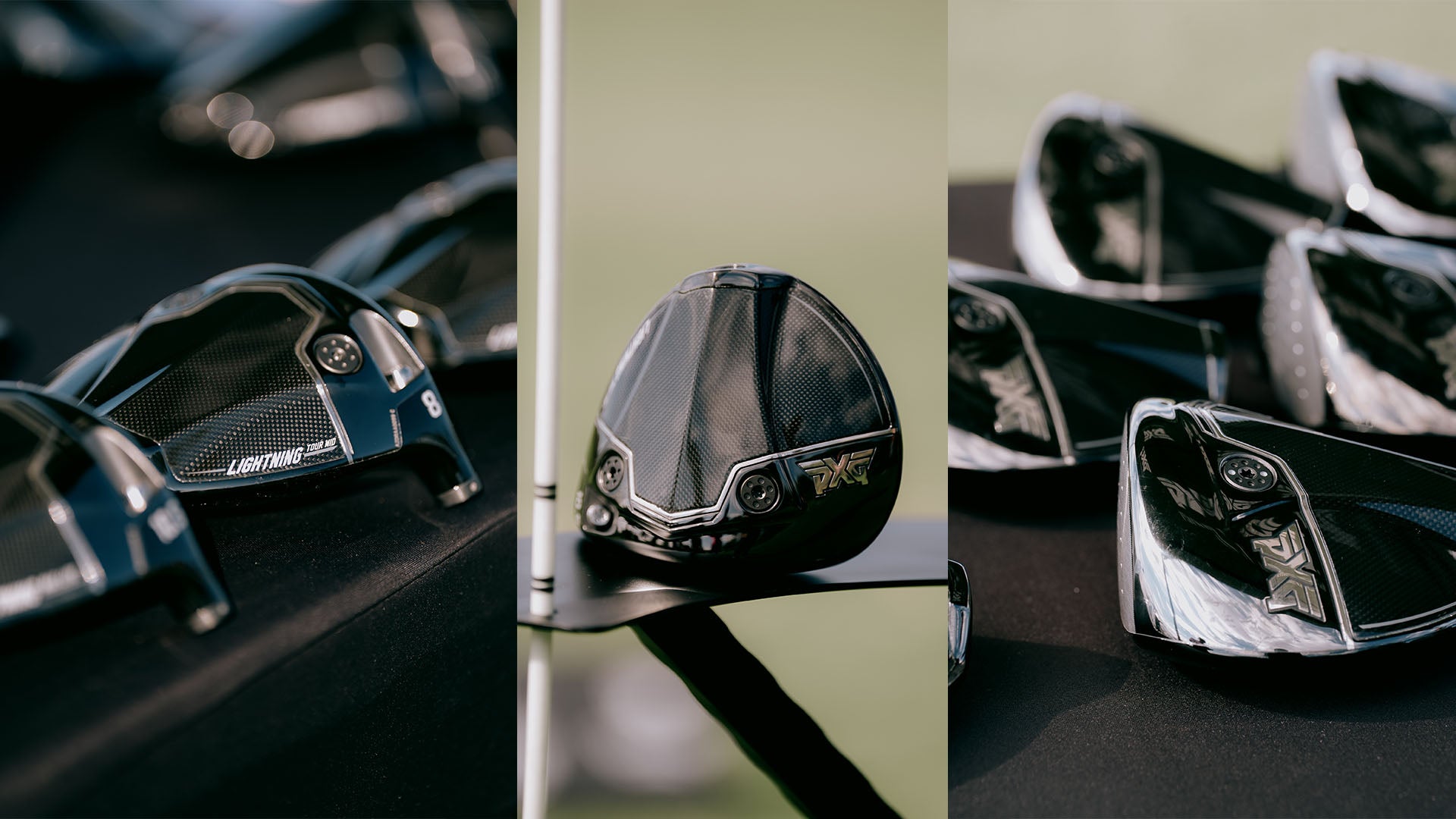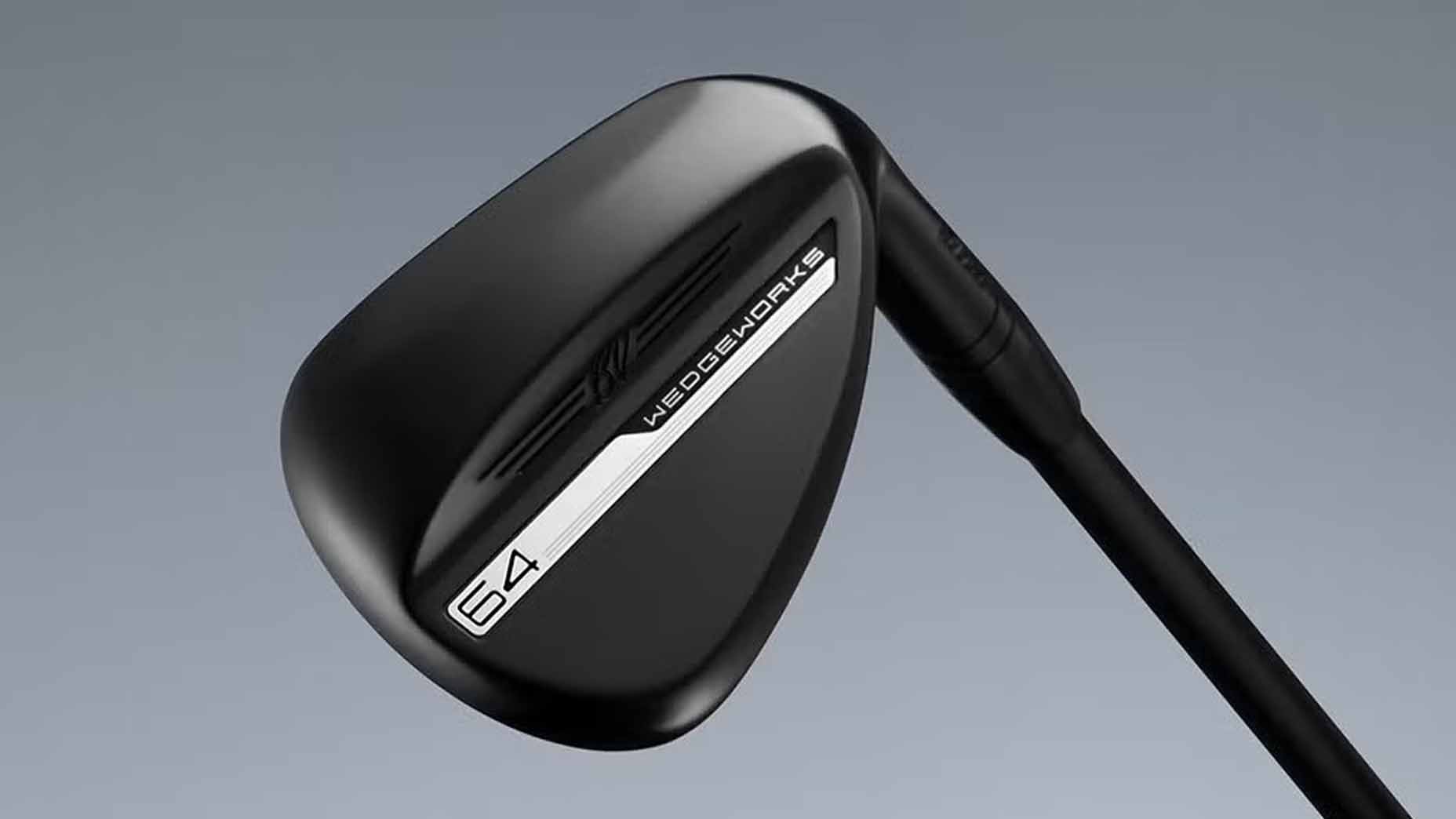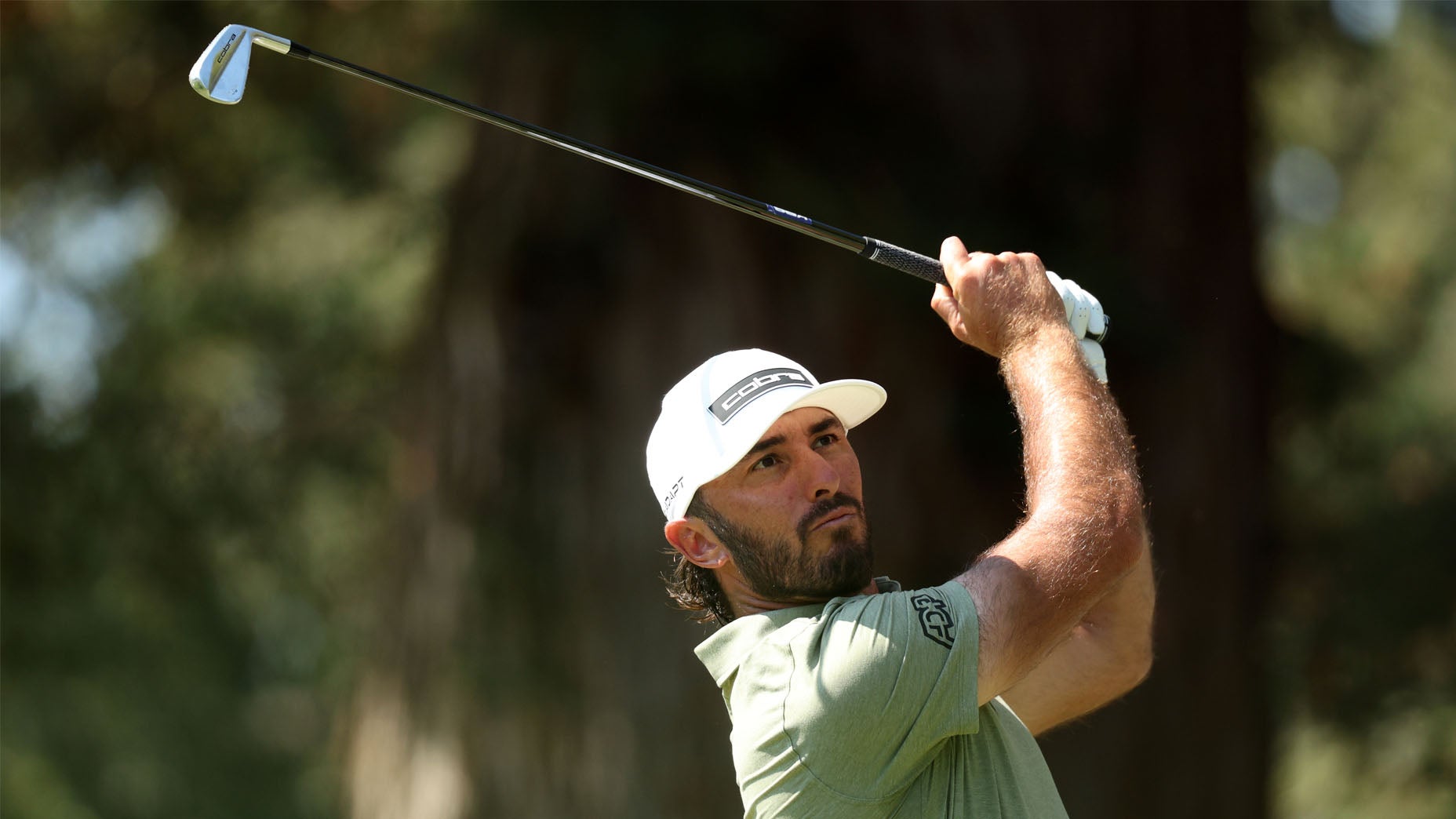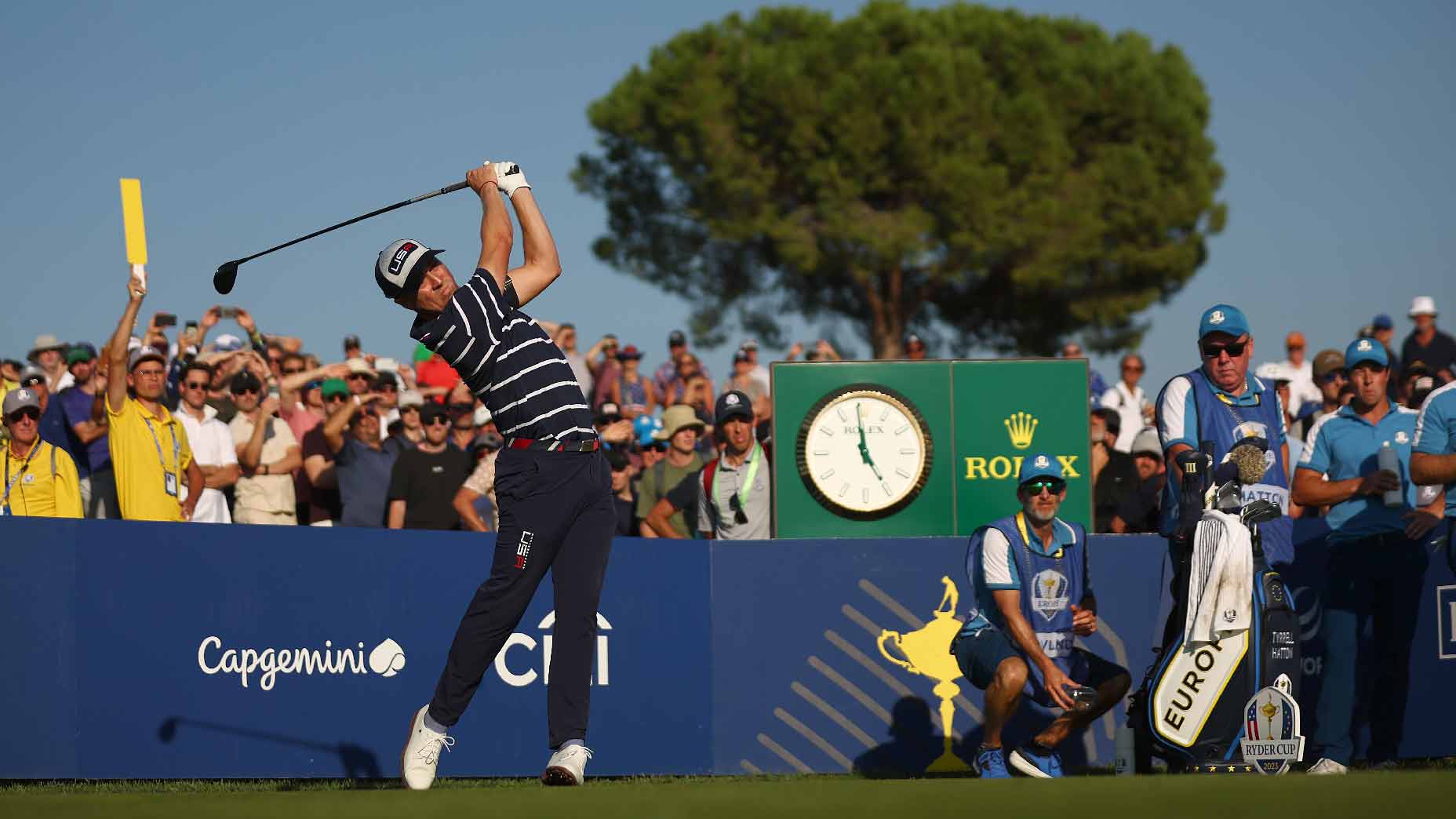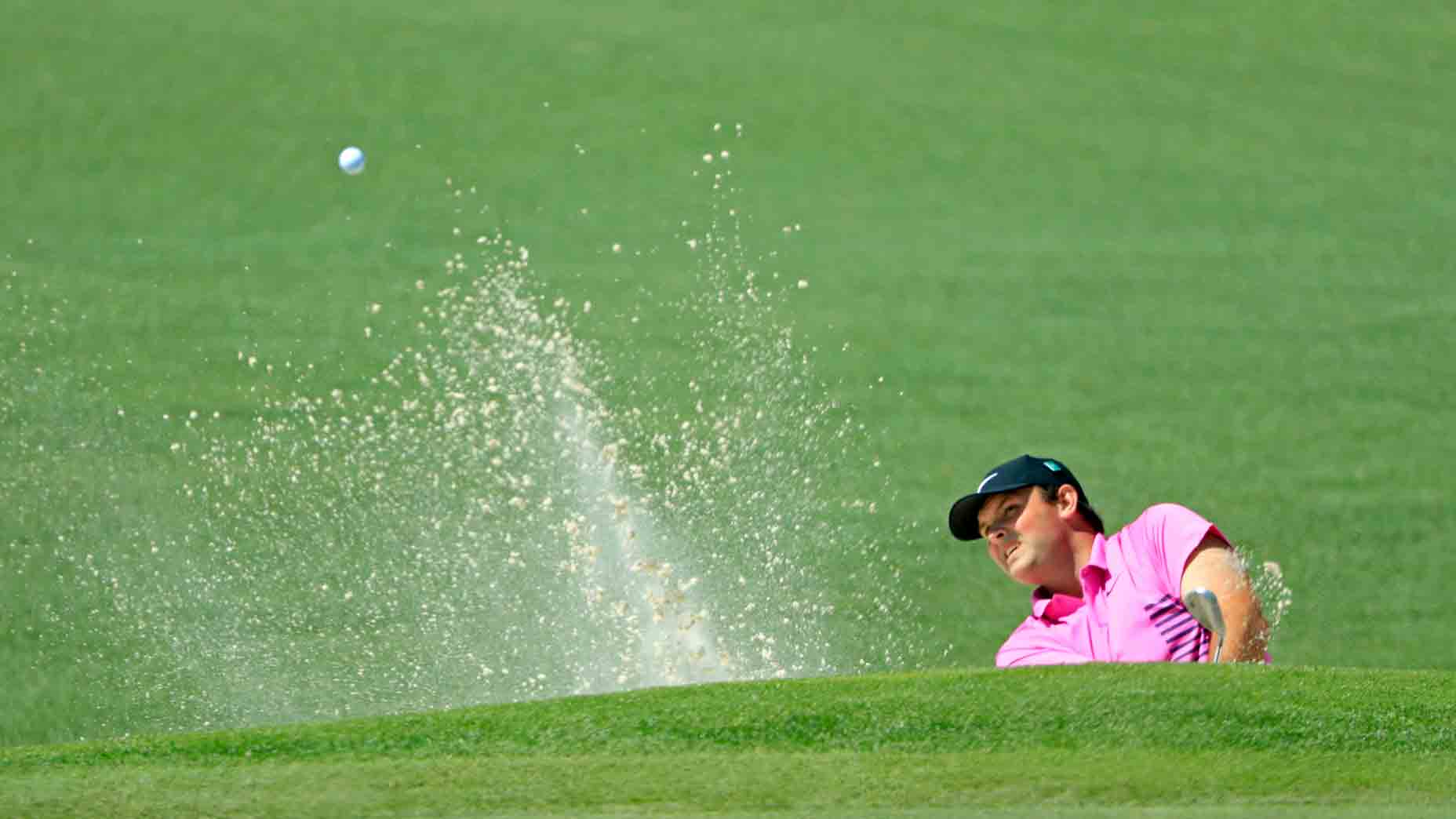One of the most important factors for shooting lower scores is knowing how far you hit the golf ball with each club in your bag and knowing your dispersion. Even professionals don’t hit it perfectly every time, but when they do miss, they usually miss in a spot where they can easily save par and not lose unnecessary strokes.
Amateurs on the other hand, not so much.
Nobody is perfect
When most people imagine a professional golfer’s dispersion pattern, they probably think of a small ten-foot circle around a flag, but that’s really not the case, it’s actually a lot bigger than that, although still substantially smaller than that of an average golfer.
Dispersion from 155 yards in the fairway.
— Lou Stagner (Golf Stat Pro) (@LouStagner) February 27, 2023
Tour player vs 15-handicap.
I’ll let you guess who is who. 🤣 pic.twitter.com/JTUjIU3zXr
The idea of the ten-foot circle might ring true when watching the leaders of a tournament on a Sunday afternoon hit wedges because those are the best golfers in the world, playing the best that day. For everyone else, the circle is a lot bigger. Not only that but the longer the club, the larger the circle gets.

By understanding dispersion patterns, especially when it relates to carry distances, professionals (mostly) avoid trouble like bunkers and hazards.
Avoid penalties
A penalty stroke is something you can never get back, and you have to work even harder to try and get that shot back by making a birdie or better. This can lead to forcing shots that compound mistakes even worse.
By avoiding hazards and keeping away from trouble you can make your next round of golf a lot less stressful, which I will admit is probably the most obvious advice you’ve ever heard, but let’s go a little deeper.

Bushnell Tour V6 Laser Rangefinder
Whatever your handicap is, knowing the general dispersion pattern of the clubs in your bag can help you make better decisions. A real-world example is you’re playing a 165-yard par 3 with water short right, and the flag is in the middle of the green (Think 12 at Augusta National below). Rather than aiming for the flag where the possibility of a right miss would put you in the water, taking an extra club and aiming for the back left section will almost certainly give you either a putt or chip from a safe area.
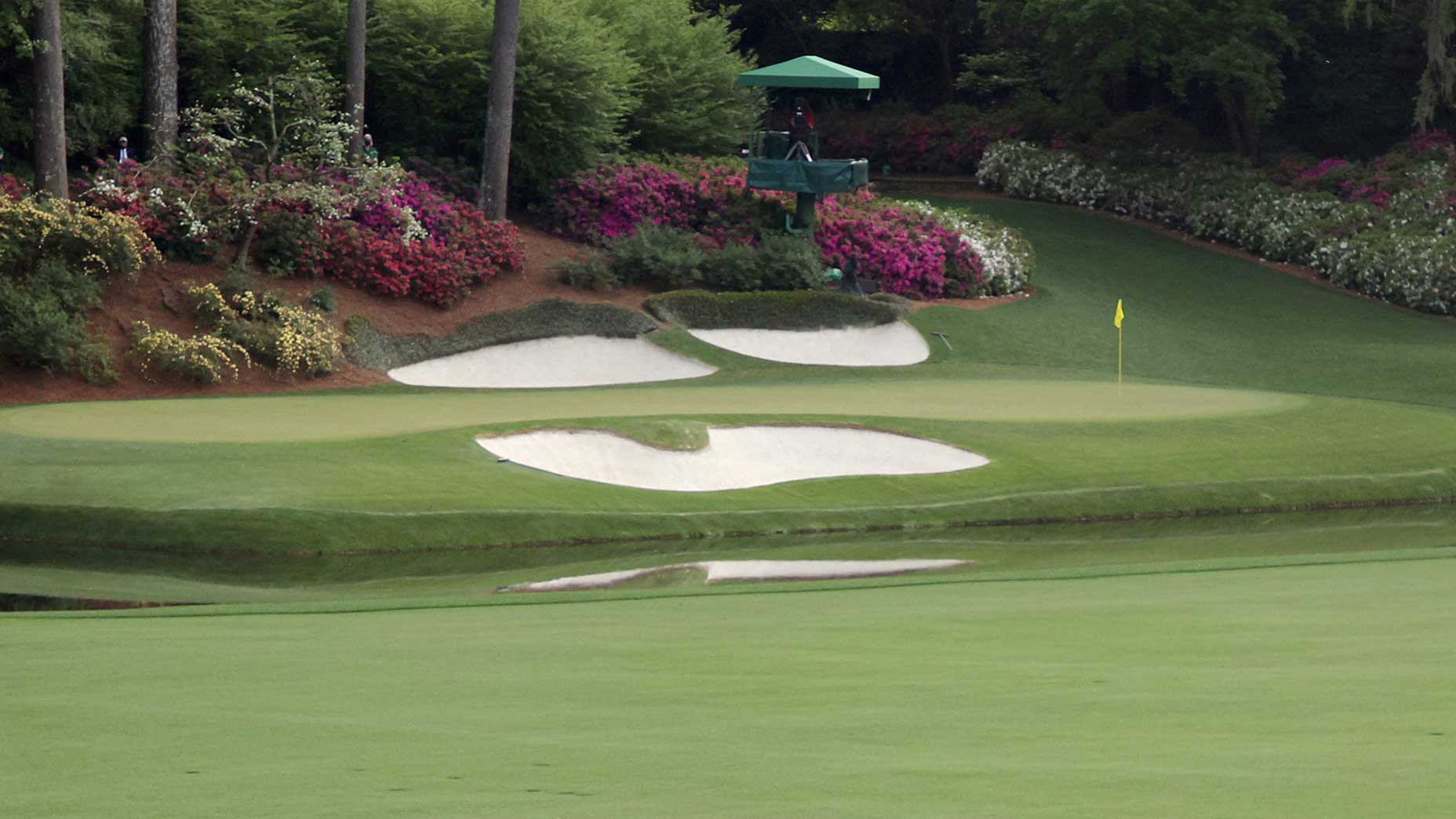
This is where a proper fitting and gaping session can help your confidence when you’re on the course. It will give you a better idea of how far you hit each club on average because there is nothing worse than coming up short and having to walk back to your golf bag to grab another ball.
Want to properly gap your bag for 2023, or get fit for a whole new set for the season? Find an industry-leading True Spec Golf fitting location near you. For more on the latest gear news and information, check out our latest Fully Equipped podcast below!


